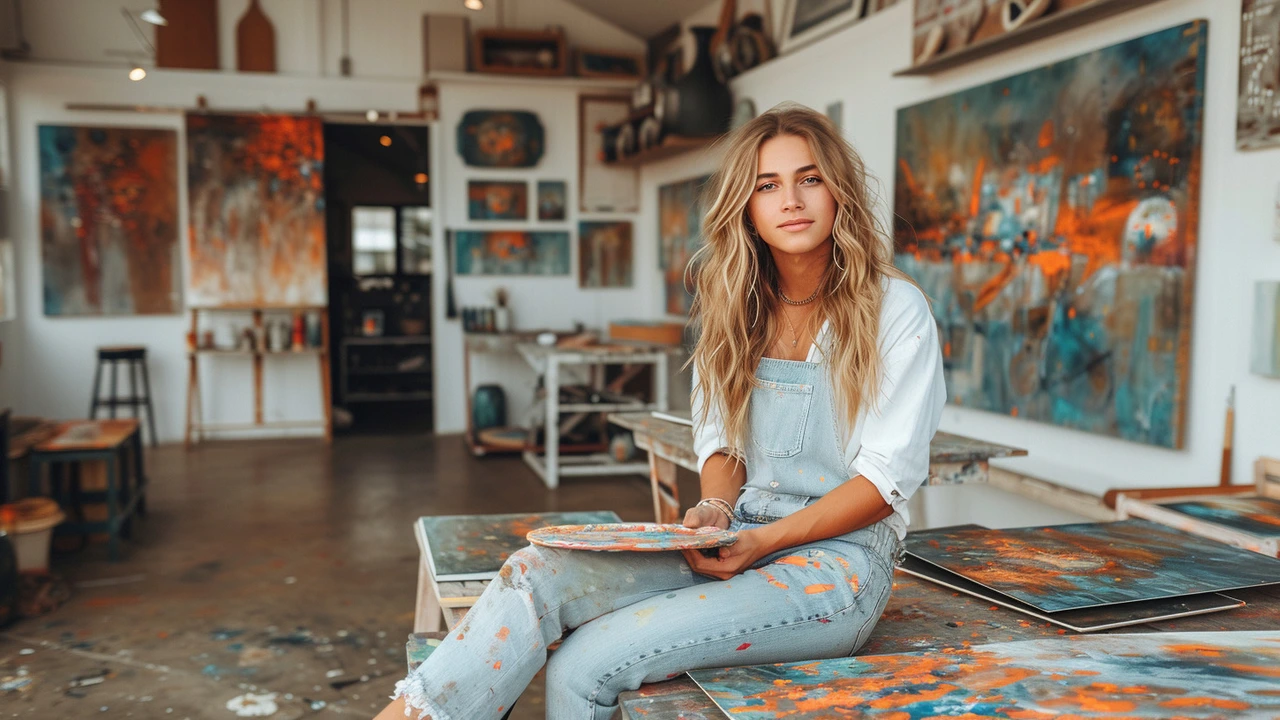Pioneering Art Styles: How They Changed Seeing, Making, and Living
Some art movements didn’t just make pretty things—they changed how we build chairs, design cities, and even play video games. From Bauhaus cutting clutter to Fluxus turning chores into performance, these styles rewired how artists and the public think. This page collects short, useful guides to the major pioneering movements and shows you how to spot and use their ideas today.
Quick map of key styles
Bauhaus simplified form to make life easier—think clean furniture, clear grids, and useful design. Cubism broke objects into shapes so you can see multiple sides at once; it’s everywhere in modern graphics. Abstract Expressionism pushed raw feeling onto huge canvases; it taught artists to trust emotion. Fluxus mixed music, theater, and pranks to blur art and daily life—look for playful, rule-breaking pieces. Photorealism chases perfect detail; it’s a great lesson in patience and technique.
Other voices matter too: Constructivism tied art to social change and design; Land Art moved art into nature and altered public spaces; Installation Art builds immersive environments that ask you to move through them. Futurism fed design ideas into smart cities and gaming. Baroque and Gothic remind us older styles still inform drama and architecture. Each movement changed tools, goals, or where art happens—and that’s the common thread.
How to explore and use these styles
Want to learn without getting overwhelmed? Pick one movement and one practical angle: study a short history, visit a nearby museum or public work, and copy one technique. For example, try a small Cubist still life to learn breaking forms, or make a tiny Fluxus performance with everyday objects to feel the idea in your body. Practical steps beat long theory.
Applying these styles to your life is easier than you think. Use Bauhaus principles to declutter a room: limit color, choose functional pieces, and favor simple proportions. Pull Abstract Expressionism into your studio by blocking off an hour for large, messy marks—don’t finish a piece, just explore gesture. For public or community projects, borrow Land Art’s focus on site and materials: a small planting or a temporary sculpture can change how people use a park.
When visiting galleries, look for the movement’s key choices: materials (found objects, industrial steel, canvas), scale (tiny print vs. room-sized installation), and audience role (viewer as witness or participant?). These three clues quickly tell you what the artist tried to change.
If you want a quick reading path: start with Bauhaus basics, try a Cubist exercise, watch a short video on Fluxus happenings, and study a Photorealist process. Our linked posts cover those steps with clear examples and practical tips—perfect if you prefer hands-on learning over long essays.
Pick one idea, try it, and notice how it shifts what you make or see. Pioneering styles aren’t museum-only relics—they’re tools you can use every day.

